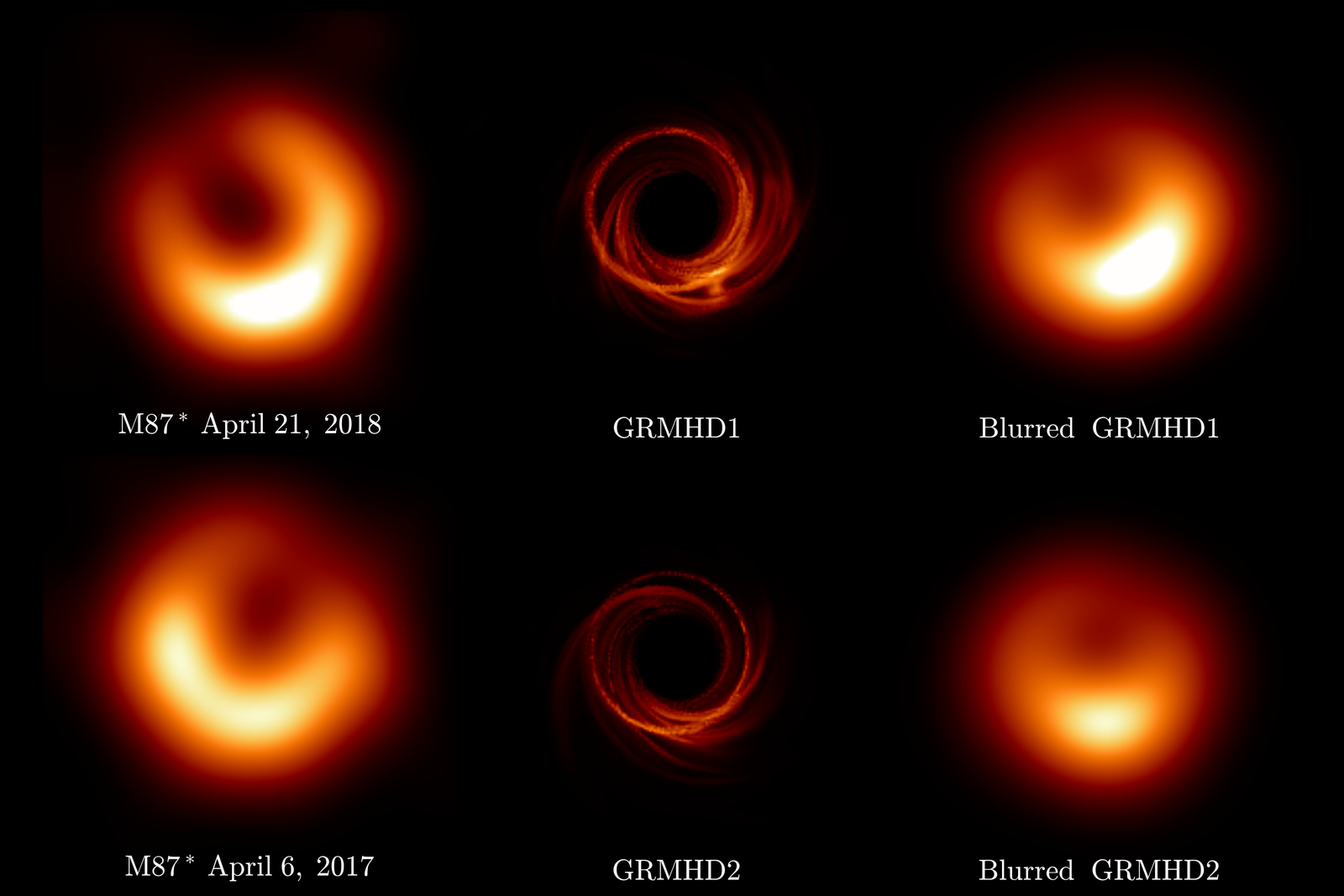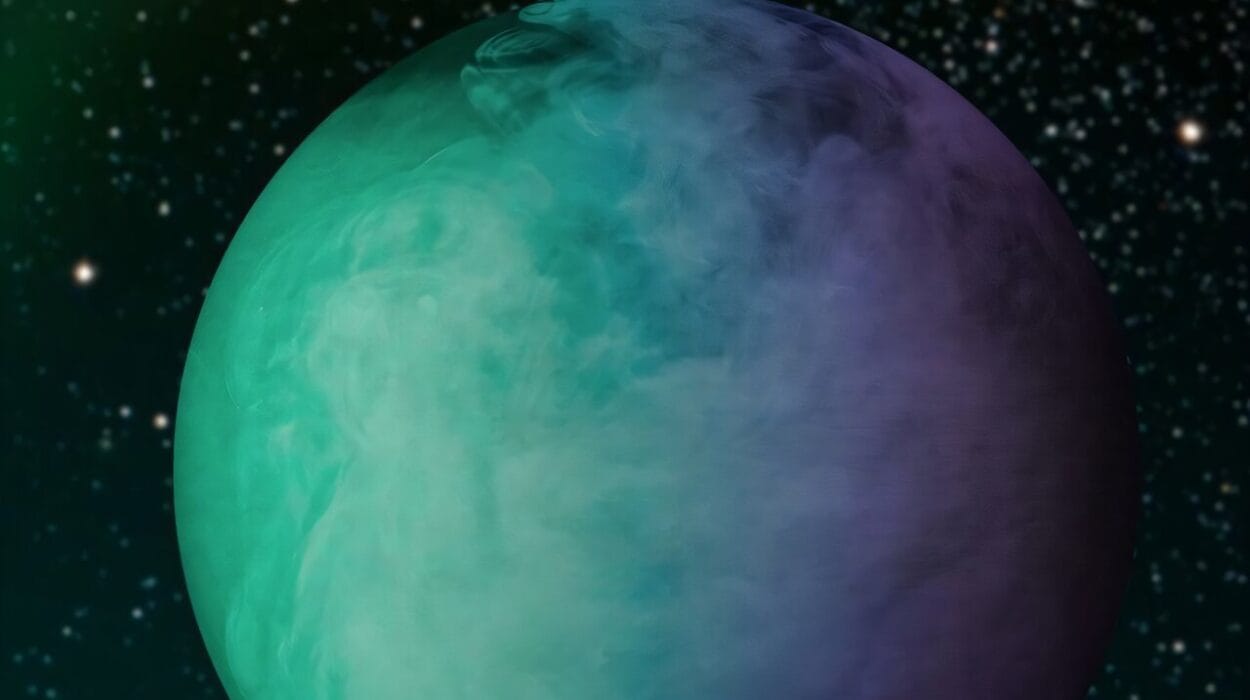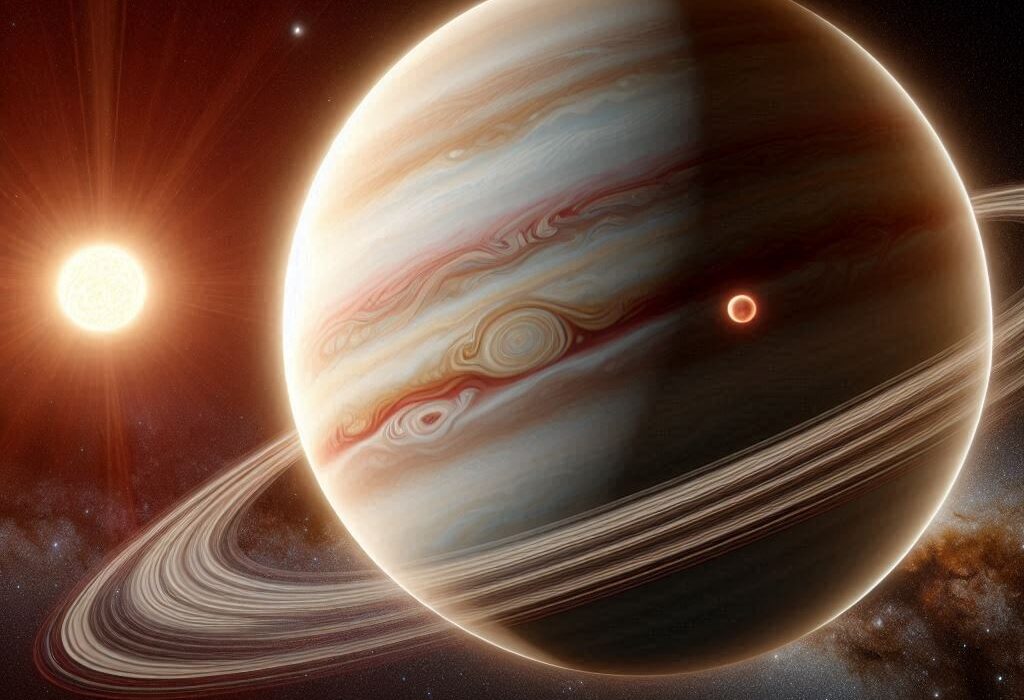The event horizon is one of the most intriguing features of a black hole, serving as the ultimate boundary in space. In recent years, this mysterious region has garnered significant attention, especially after the Event Horizon Telescope (EHT) captured the first-ever image of a black hole’s event horizon. The M87 black hole, located in the heart of a supermassive elliptical galaxy, was the object of this groundbreaking achievement in 2017. Since then, over 120,000 additional images have been compiled, providing invaluable insight into the nature of black holes, particularly those in the M87 galaxy—which lies 53 million light-years away from Earth. These images have enhanced our understanding of the event horizon and its interaction with surrounding materials, shedding new light on the mysterious workings of black holes.
What is the Event Horizon?
Before diving deeper into these new findings, it’s essential to understand what the event horizon actually represents. In the simplest terms, the event horizon is the point of no return for anything that gets too close to a black hole. Beyond this boundary, the gravitational pull is so intense that not even light can escape. Once anything—be it matter, energy, or radiation—crosses this threshold, it is pulled inexorably inward and becomes forever inaccessible to outside observers.
This phenomenon occurs because of the incredible gravitational force at play in the core of a black hole. The fabric of space-time is bent and stretched by the presence of a black hole in such a way that time slows down and space is distorted in unprecedented ways. As matter crosses the event horizon, the warping becomes so extreme that it culminates in a singularity—a point of infinite density at the center of the black hole where gravity and space-time curvature reach their extremes, leaving modern physics unable to predict what occurs beyond it.
M87’s Supermassive Black Hole and the First Image
At the center of M87, a supermassive elliptical galaxy that spans 120,000 light years, resides an incredibly massive black hole, dubbed M87*. This black hole weighs an astounding 6.5 billion times the mass of the Sun, making it one of the largest known to date. Although black holes were theorized over a century ago by scientists like Karl Schwarzschild and Subrahmanyan Chandrasekhar, it was only with the advancement of modern observational technology that we could directly observe and measure their effects.
In April 2019, scientists from around the world, working with the Event Horizon Telescope collaboration, unveiled the first-ever direct image of a black hole’s event horizon—specifically the one surrounding M87’s supermassive black hole. This momentous image offered us an unprecedented view into the heart of one of the universe’s most mysterious phenomena. The glowing ring of light surrounding the event horizon is caused by matter in the black hole’s accretion disk—an orbiting mass of gas and dust heated to millions of degrees.
This discovery marked a significant milestone in astrophysics, as it gave astronomers their first direct look at a black hole’s shadow, a crucial step toward understanding the extreme environments created by these gravitational monsters.
Ongoing Discoveries: 120,000 New Images
Since 2017, advancements in telescope technology have allowed astronomers to gather over 120,000 additional images of M87*’s event horizon. These images have played a key role in refining our models of what a black hole’s environment looks like. The images, made possible through supercomputing power, also reveal new findings about how the black hole itself and its surroundings change over time.
One particularly surprising revelation stems from the rotational axis of M87*. Initially, scientists expected the rotational axis of M87’s black hole to be pointed directly toward Earth, much like the way most galaxies’ rotation aligns with the movement of the stars within them. However, new analysis suggests that the axis is pointing away from Earth, meaning our observations were not aligned as initially presumed.
The Accretion Disk: New Insights
The black hole’s accretion disk is crucial to understanding how black holes behave. This rotating disk is made up of gas, dust, and other matter that spiral toward the black hole, heating up and emitting high-energy radiation in the process. The material in the accretion disk becomes compressed and extremely hot as it accelerates, ultimately releasing energy that can be observed across the electromagnetic spectrum, from X-rays to radio waves.
In 2017, the first image of the event horizon around M87 revealed much about this process. However, as more images were collected and analyzed, astronomers realized that something was not entirely as expected. There was evidence of turbulence in the accretion disk—a dynamic process that leads to changes in the luminosity of the black hole’s radiation. According to Hung-Yi Pu, an assistant professor at National Taiwan Normal University, “the black hole accretion environment is turbulent and dynamic.” As data from 2017 and 2018 were compared, they found that the accretion disk had become brighter—an indication of the turbulence within the material surrounding the black hole.
The Role of Turbulence
The turbulence in the accretion disk is far more than just an interesting curiosity. It’s a key to understanding how material behaves near a black hole. Turbulence can occur when the material in the accretion disk experiences forces that disrupt its regular, smooth flow. These forces can be caused by various factors, including magnetic fields, gravitational instabilities, and the black hole’s own rotation. This turbulence heats up the gas further, leading to sudden fluctuations in the intensity of radiation emitted.
From an observational perspective, the turbulence in M87’s accretion disk could help explain why the object behaves as it does in different wavelengths. For example, the radio waves emitted by M87’s black hole can be variable, sometimes becoming much stronger or weaker. This could be due to the complex processes inside the accretion disk itself, including changes in material density or radiation patterns.
The Dynamics of Material Around the Black Hole
One of the most profound discoveries from the new supercomputer-generated images relates to the dynamics of material around the black hole. As material spirals toward the event horizon, it doesn’t always follow a straightforward path. Scientists have found that material entering the accretion disk can either spiral in the direction of the black hole’s rotation or in the opposite direction. This duality of flow suggests that there are multiple forces at play, and the influence of gravitational torque can cause complex shifts in the material’s trajectory.
This ability of matter to either flow inward or outward at different velocities depending on its direction underscores how intricate and dynamic the black hole’s environment really is. Not only are there massive forces operating near the event horizon, but material is also highly sensitive to these forces as it interacts with both the black hole’s gravitational pull and its magnetic fields.
Conclusion: Unlocking the Mysteries of Black Holes
The event horizon of a black hole represents the last frontier between the known and the unknown—a place where our current understanding of physics breaks down. As we collect more images and data, we inch closer to a more complete understanding of the mechanisms governing these fascinating objects. With advancements in technology, our ability to probe these regions with ever greater precision and detail grows.
Black holes, particularly the supermassive ones like M87*, continue to intrigue and challenge the scientific community. By examining the dynamics of the accretion disk, understanding the effects of turbulence, and refining our models of the event horizon, astronomers are deepening our knowledge of these incredible cosmic phenomena. In the process, they are uncovering fundamental truths about the fabric of our universe, how galaxies form and evolve, and the limits of our understanding of the forces that shape the cosmos. As our journey into the heart of darkness continues, black holes stand at the forefront of new discoveries that will shape the future of astronomy and theoretical physics.
Source : M87 One Year Later: Catching the Black Hole’s Turbulent Accretion Flow






